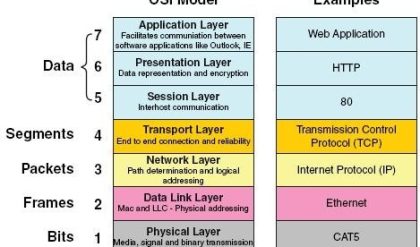What is Media Access Control?
A media access control is a network data transfer policy that determines how data is transmitted between two computer terminals through a network cable. The media access control policy involves sub-layers of the data link layer 2 in the OSI reference model.
The essence of the MAC protocol is to ensure non-collision and eases the transfer of data packets between two computer terminals. A collision takes place when two or more terminals transmit data/information simultaneously. This leads to a breakdown of communication, which can prove costly for organizations that lean heavily on data transmission.
Media Access Control Methods
This network channel through which data is transmitted between terminal nodes to avoid collision has three various ways of accomplishing this purpose. They include:
- Carrier sense multiple access with collision avoidance (CSMA/CA)
- Carrier sense multiple access with collision detection (CSMA/CD)
- Demand priority
- Token passing
Four main media access control methods are used in networking:
· Carrier Sense Multiple Access with Collision Detection (CSMA/CD), which is used in Ethernet networking
· Carrier Sense Multiple Access with Collision Avoidance (CSMA/CA), which is used in AppleTalk networking
· Token passing, which is used in Token Ring and Fiber Distributed Data Interface (FDDI) networking
· Demand priority, which is used in 100BaseVG networking





